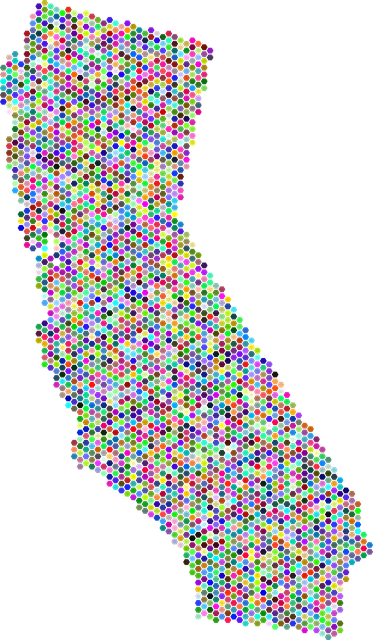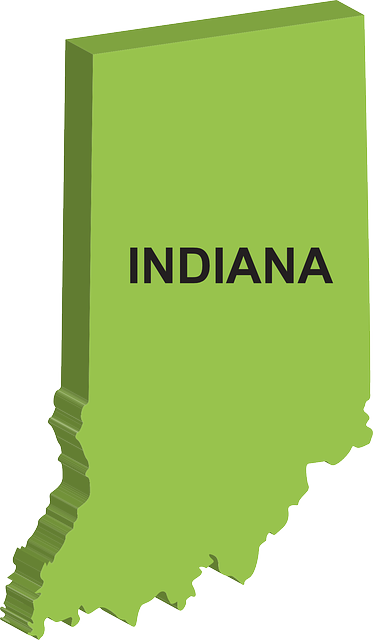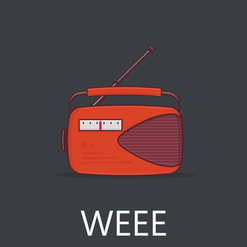Although there isn’t a RoHS regulation at the federal level, various US States have passed RoHS bills applicable to electrical and electronic equipment (EEE). They are what we call USA RoHS.
Generally speaking, RoHS is an acronym designating a worldwide set of regulations restricting the use of certain hazardous substances in EEE. In most cases, USA RoHS regulations mimic EU RoHS per Directive 2002/95/EC, also called RoHS 1. However, unlike the European Union, US State regulations often merge the RoHS and WEEE / e-waste rules. Additionally, the RoHS rules vary from one jurisdiction to another.
The following table summarizes the main differences between USA RoHS regulations:
US State | Scope | Obligations | Reference |
|---|---|---|---|
California | Devices with LCDs or CRTs, like laptops, TVs, PC | Restrictions of Cd, Cr6+, Hg, Pb and reporting | |
Indiana | Household video displays | Obligation to declare Cd, Cr6+, Hg, Pb, PBBs, PBDEs | |
Minnesota | Same | Same | |
New Jersey | Consumer desktop or personal computer, computer monitor, portable computer, desktop printer, desktop fax machine, or television | Restrictions of Cd, Cr6+, Hg, Pb and reporting | |
New York | ≥ 1,000 of computers, their peripherals, TVs, or certain small electronics | Obligation to declare Cd, Cr6+, Hg, Pb, PBBs, PBDEs | |
Rhode Island | Computers, televisions, displays > than 9 inches, and printers | Obligation to declare Cd, Cr6+, Hg, Pb, PBBs, PBDEs | |
Wisconsin | Consumer computers, printers, and video displays of at least 7 inches in their longest diagonal | Obligation to declare BBP, Cd, Cr6+, DBP, DIBP, DEHP, Hg, Pb, PBBs, PBDEs |
It is probably the most popular USA RoHS regulation. The gist is a product that meets EU RoHS 1 restrictions will also comply with the California RoHS restrictions. Specifically, California RoHS restricts the presence of the four common RoHS heavy metals in EEE. The concentrations of these metals are the same as RoHS 1. Annual reporting of products with the disclosure of testing reports applies.
Finally, the California RoHS regulation legal reference is § 66260.202, enacted by the Department of Toxic Substances Control (DTSC). It has come into force from 2007. Its long name is Restrictions on the Use of Heavy Metals in Covered Electronic Devices.

Under the Indiana Code 13-20.5, article 20.5 electronic waste, manufacturers of household video displays must declare whether any of the first six EU RoHS 1 substances are present in their devices above the thresholds. It is worth noting that a product under RoHS exemption(s) should appear on the Indiana annual RoHS report.

Like Indiana RoHS, Minnesota RoHS requires manufacturers of household video displays to annually report any sold devices with substances exceeding the general EU RoHS 1 thresholds. Importantly, like Indiana RoHS, manufacturers must consider RoHS exemptions. This requirement applies per Section 1312 Registration program under Chapter 115A Waste Management.

New Jersey RoHS is similar to California RoHS, with substance restrictions and an annual report. Per the Electronic Waste Management Act, 13:1E-99.101 Compliance with Directive 2002/94/EC, in-scope electronic devices should meet the heavy metals concentration limits of EU RoHS 1 at the homogeneous material level. Additionally, the act defines a covered electronic device as a desktop or personal computer, computer monitor, portable computer, desktop printer, desktop fax machine, or television sold to a consumer. Finally, reporting and e-waste obligations also apply, including the delivery of test reports.

Under the New York State Electronic Equipment Recycling and Reuse Act, RoHS applies to computers and their peripherals, televisions, and certain small electronics. Nevertheless, New York RoHS does not consider manufacturers placing less than 1,000 pieces of covered electronics annually. Annually and according to § 27-2605, in-scope manufacturers must state whether the products meet Eu RoHS 1 substances thresholds. They must also communicate e-waste-related information.

In short, New York and Rhode Island RoHS are similar. Indeed, according to Chapter 24.10 Electronic Waste Prevention, Reuse, and Recycling Act, in-scope products include computers, televisions, other displays greater than 9 inches diagonally, and printers. However, several exclusions from that scope apply, such as car screens. § 23-24.10-9. Manufacturer responsibility requires to comply with EU RoHS 1 on the six substances.
Official registrations of in-scope products also apply.

Finally, Wisconsin also has a RoHS-like law. Wisconsin RoHS unique is because it targets EU RoHS 1 or a successor directive. Therefore, EU RoHS 2 directive 2011/65/EU applies. Manufacturers must report annually whether in-scope devices comply with the ten RoHS-restricted substances, with any applicable exemptions. Covered devices under the Wisconsin Statute Chapter 287.17 – Electronic Waste Recycling include :
Importantly, the term consumer here includes both household and school uses.


Other States that don’t have a RoHS-like regulation still maintain e-Waste or WEEE obligations. For example, the Illinois RoHS regulation, the Electronic Products Recycling and Reuse Act, has been repealed by 100-0362, a WEEE-like one. Various IT products and appliances fall into the Illinois WEEE or e-waste scope. Indeed, Public Act 100-0362 lists eight so-called covered electronic device (CED) categories, including computers and their accessories, printers, TVs, and video game consoles.

It’s worth noting that federal agencies, including the Defense, may also request RoHS-compliant products. It is what we can call the federal RoHS requirements.
We have developed solutions for product compliance worldwide. Contact Enviropass today!